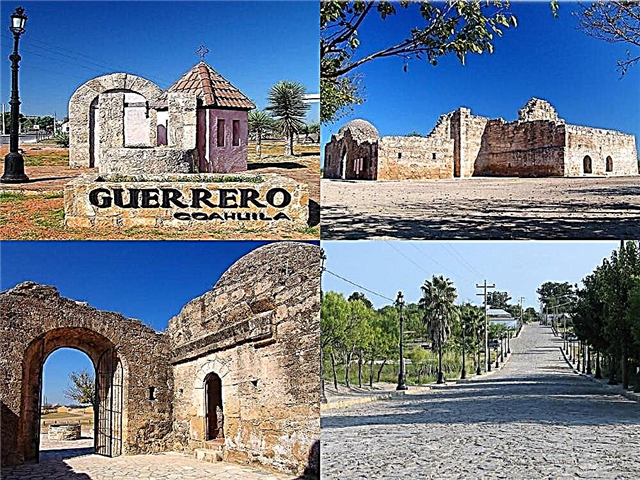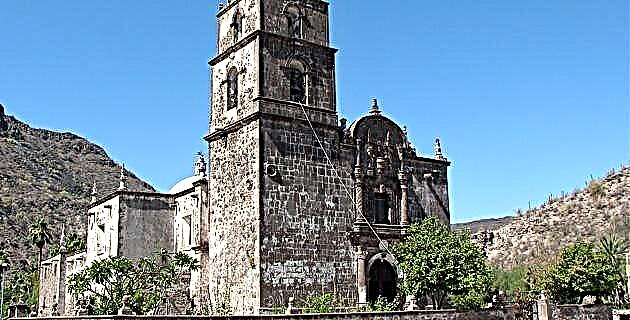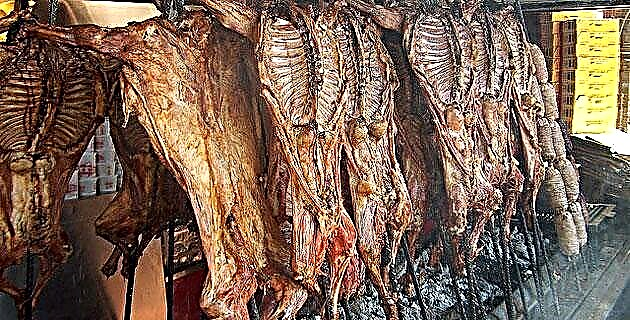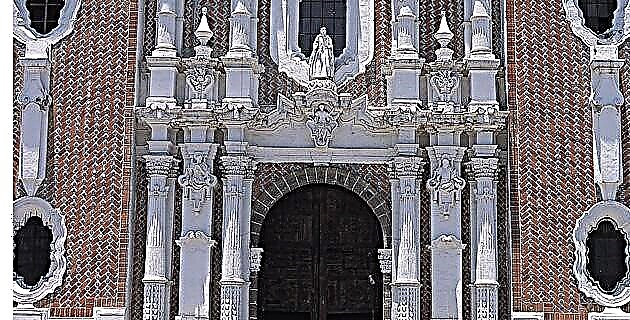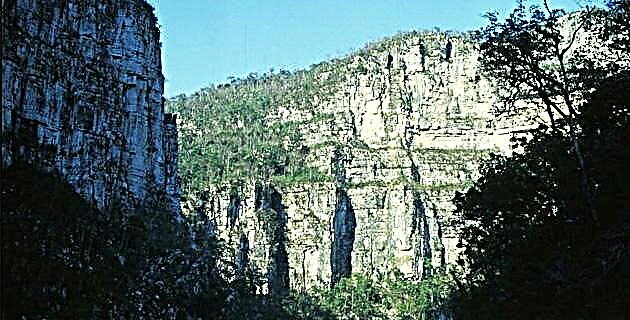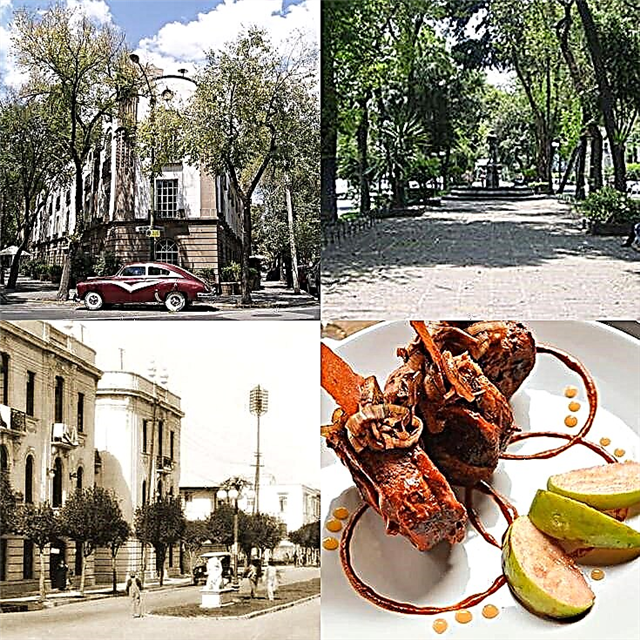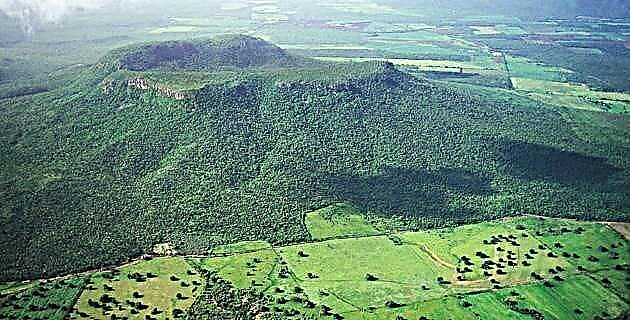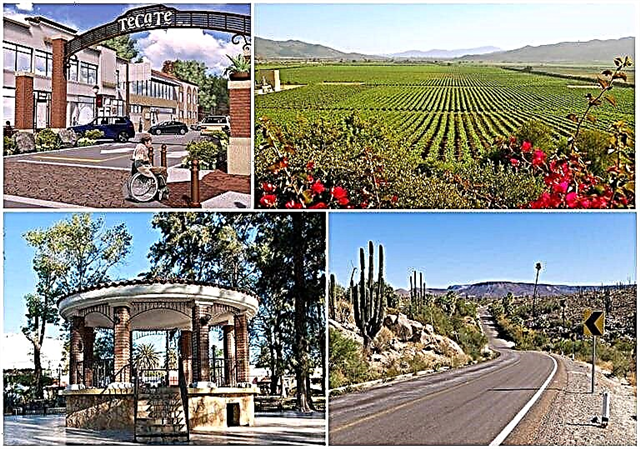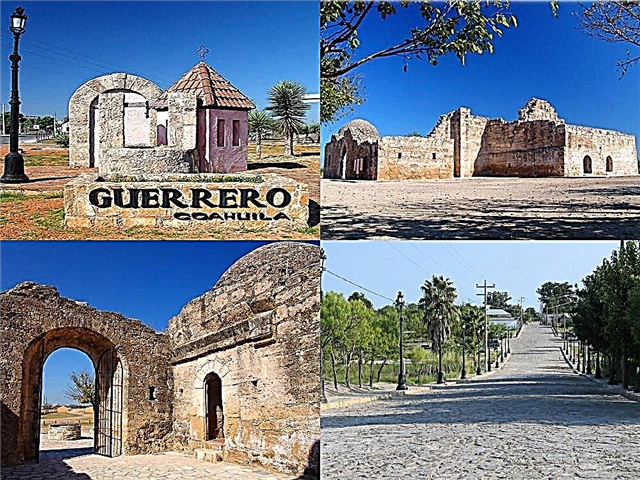Guerrero is a Magic Town full of history; a prop in the evangelization and colonization of northern Mexico and the southern United States. Get to know it fully with this comprehensive guide.
1. Where is Guerrero located?
Guerrero is the head of the Coahuilense municipality of the same name located in the central-eastern sector of Coahuila, on the border with Texas, United States. Guerrero borders the Coahuila municipalities of Hidalgo, Juárez, Villa Unión and Nava, and to the north with the Texas counties of Maverick and Webb. The closest Mexican city to Guerrero is Piedras Negras, located 49 km. north of the Magic Town; the state capital, Saltillo, is 422 km away. to the south. In the United States, the city of Eagle Pass is located 53 km. to the north and Laredo to 138 km. To the northeast.
2. What type of climate does Guerrero have?
Guerrero has the typical climate of the northern Mexican desert; cool in winter, especially at night, and very hot in summer, especially when the sun warms up in all its splendor. The average annual temperature is 22 ° C, which rises to 31 ° C in the hottest months, which are July and August, and drops to 12 ° C in the cooler period, which runs from December to January and part of February. . There is little rain in Guerrero, only 497 mm a year, with a somewhat irregular rain pattern, although the highest probabilities of rainfall are between April and June, and from August to October.
3. How did the town arise?
The pre-Columbian inhabitants found by the conquerors in the territory were indigenous Tlaxcalans. During the first decade of the 18th century, Franciscan missionaries founded three missions and a prison, and the first Spanish town emerged at that time, consisting mainly of the soldiers who made up the protective garrison and of natives. On August 7, 1827, the Congress of the State of Coahuila granted the town the title of Villa de Guerrero, in honor of the hero of Independence, Vicente Guerrero. In 2015, the town was incorporated into the Magic Towns system by virtue of its historical importance.
4. What are the attractions that distinguish Guerrero?
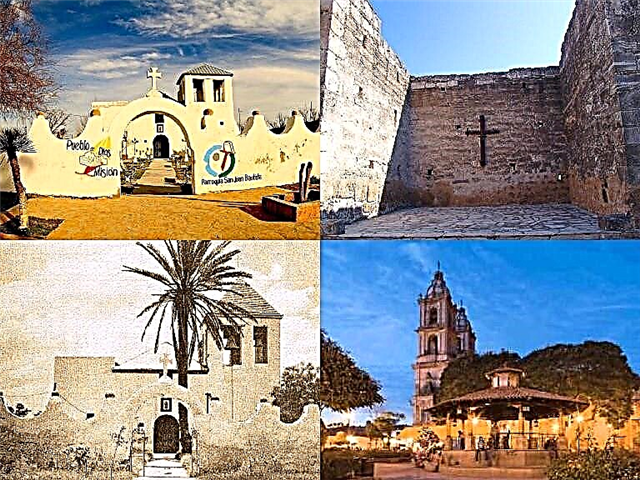
Guerrero is a destination of great interest for tourists with a passion for history, those who are not always rewarded with being able to admire the heritage that has succumbed to the passage of time. This is largely the case in Guerrero, Coahuila, where samples of its fascinating missionary past coexist with the stories and legends surrounding the disappeared sites. The missions of San Juan Bautista, San Francisco Solano and San Bernardo, and the Presidio of San Juan Bautista, are part of this partially preserved heritage. The Plaza de Armas, located in the historic center, is the nerve center of the town of Guerrero. La Pedrera Ecological Park, the House of Culture and the town's pantheons are places of tourist interest. The main representative of the local fauna is the white-tailed deer, a beautiful mammal hunted by hunters. Near Guerrero there are towns and cities with interesting attractions; on the Mexican side are Piedras Negras and Nava, and on the US side, Eagle Pass and Laredo.
5. What was the first mission in Guerrero?
The first Franciscan mission in Guerrero, Coahuila, was that of San Juan Bautista, transferred on January 1, 1700 from the Río de Sabinas, near Lampazos, Nuevo León, where it had been founded on June 24, the saint's day, in the year 1699. In 1740, the mission was moved to a site to the west of the presidio, being located on the top of a hill near the town. After being abandoned, the mission began to be demolished, mainly as a source of construction materials to build houses and ranches. In the 1970s, the property was cleaned, revealing some architectural traces that have allowed specialists to establish how the missing mission was formed.
6. When was the mission of San Francisco Solano established?
The second mission of Guerrero was founded on March 1, 1700, being dedicated to San Francisco Solano, the Cordovan Franciscan friar who evangelized in Peru between the end of the 16th century and the beginning of the 17th. The Franciscans weren't lazy at all when they needed to relocate their missions. It could almost be said that the mission of San Francisco Solano was on the verge of being lost with so many changes. After three years in its original location, in 1703 it was moved to a place in the Valley of the Circumcision and in 1708 it was transferred to the town of San José, at a distance of 65 km. of the other two existing missions. The photo that illustrates this point are the ruins of the mission when it was in the town of San José.
7. Is anything from the San Bernardo Mission preserved?
From the mission built in 1702 in the town of Guerrero in honor of the most influential Catholic personality of the 12th century, the ruins of the church are preserved. Despite the fact that the Burgundian Bernard de Fontaine was one of the main responsible for the expansion of Gothic architecture, the temple erected in his name in Guerrero, Coahuila, is in the Baroque style. The standing church was built in the 1760s, although it was never finished, being the subject of a renovation in the 1970s. During this period archaeological investigations were carried out that made it possible to reconstruct the plan of the mission complex.
8. Is there anything left of the Presidio of San Juan Bautista?
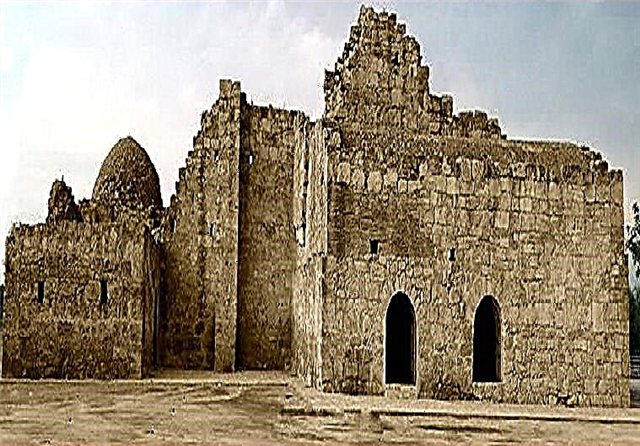
The Presidio of San Juan Bautista del Río Grande del Norte was built in 1703 in front of the Plaza de Armas, before the houses of the old town began to rise. It was erected on the orders of Captain Diego Ramón, who had arrived in 1701 with a flying company of 30 soldiers to give protection to the Franciscan missions in the surroundings. The military prison consisted of 10 stone and adobe rooms, with a flat roof, of which few vestiges are preserved. The prison played a preponderant role for access to Texas, being abandoned in the mid-nineteenth century, when strategic needs shifted to Laredo and Piedras Negras.
9. What is the Plaza de Armas like?
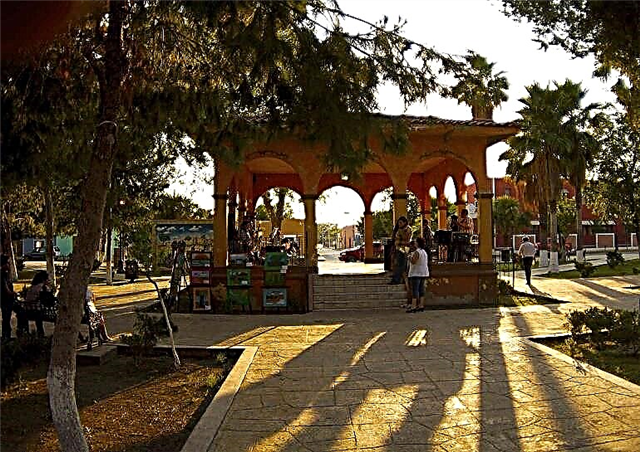
Sitting on a bench in the Plaza de Armas de Guerrero is a propitious occasion to imagine when the Spaniards went on horseback through the cobbled streets to conquer and colonize the current US territory of Texas from Mexico. It is to remember the moment when General Antonio López de Santa Anna passed through the town in 1846, to fight the Americans who had annexed Texas. In the center of the Plaza de Armas, a beautiful kiosk with 12 arcades competes with the architectural past of missions and churches. In front of the square is the small parish church of the town, which has some undated religious paintings, although they are believed to be from the 18th century.
10. What can I do in La Pedrera Ecological Park?
This park was built by the regional government to provide a place of healthy entertainment for the people of Guerrero and to give Guerrero an additional attraction for visitors. The park located in Manuel Pérez Treviño 1, has a cobbled stream that feeds the pool, as well as wading pools, walkways, leafy trees, palapas, grills, beach volleyball courts and benches. It was rehabilitated in 2016 by the municipal government after a 5-year drought period that affected the water flow. Another natural attraction in Guerrero is Lake El Bañadero.
11. What does the House of Culture offer?
The main cultural center of Guerrero, Coahuila, is the Casa de la Cultura, an institution that operates in a 19th century building that was refurbished for its current purposes. It is located in the center of the town on Calle Raúl López Sánchez. It was inaugurated in 2009 and has an area of 2,000 square meters, with a theater, exhibition halls, auditorium and administrative offices. In its rooms, local painters, sculptors and craftsmen and guests exhibit their works, and the house is the frequent setting for musical presentations, plays, conferences and other cultural events. Another space for culture in Guerrero is the Open Air Theater.
12. What is the interest of the pantheons?
In Guerrero there are three ancient pantheons whose route allows you to admire the architectural styles of the 18th and 19th centuries, which the living also liked to capture in their rooms for the dead; These are the Pantheon of Guerrero, the Pantheon of Guadalupe and the Pantheon of the San José Congregation. The Pantheon of Guerrero is the oldest and the most illustrious remains that it keeps are those of Francisco I Madero's great-grandmother, who are from Coahuila of old lineage. The most interesting architectural samples of the Guadalupe pantheons and the San José Congregation are also from the 18th and 19th centuries.
13. What is the importance of the White-tailed Deer?
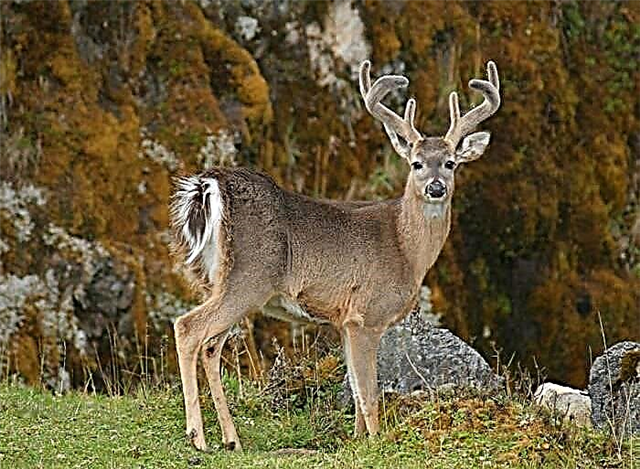
One of the most beautiful inhabitants of the extensions that surround Guerrero is the White-tailed Deer or Virginia Deer, a species that has become a national symbol of Honduras and Costa Rica. They can weigh up to 160 kg. males and 105 kg. females, and are highly sought after by hunters. Towards Guerrero there is a small stream of hunting tourism that goes hunting deer and although the activity is controlled, this type of tourism, apart from being anti-ecological, is not sustainable because it puts the very object of the visit at risk of extinction. It is necessary to work rather because the deer attracts more the observers of the biodiversity.
14. Where is Piedras Negras?

49 km. from Guerrero is the Coahuila city of Piedras Negras, which has a good diversity of attractions for the visitor. But first let us tell you a funny story. Piedras Negras went down in the history of international cuisine for being the cradle of the popular nachos, the dish of corn tortillas with cheese. In 1943, the wives of some US soldiers came to the Victoria Club in Piedras Negras and ordered a few beers with a snack. The head chef, Ignacio Anaya, served them the only thing he had on hand: some tortilla chips with cheese. The gringas were delighted and when they asked the name of the dish, the ingenious local took its diminutive and replied that they were "Nachos."
15. What are the main attractions of Piedras Negras?
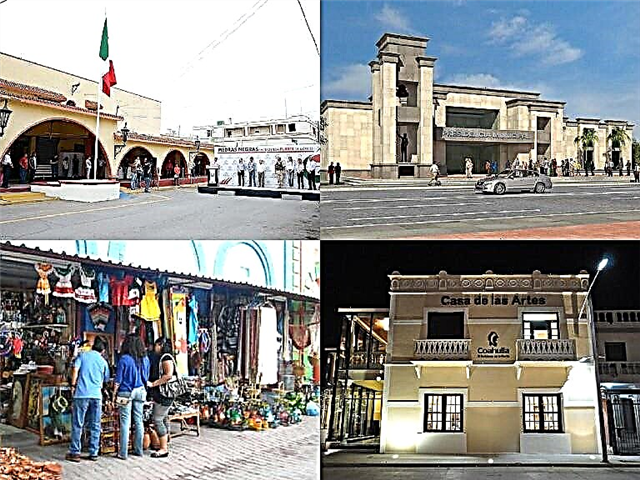
Apart from tasting some nachos at the very site of his birth, we recommend visiting the beautiful historic center of Piedras Negras, whose main buildings are the former Municipal Presidency, the Zaragoza Market, the House of Culture, the PRONAF Buildings, Telegraphs, Mail and Customs, and the Old Railway Hotel. The Plaza de las Culturas is another magnificent space to know in Piedras Negras, in which elements of the Mayan, Olmec and Aztec cultures are integrated with remarkable architectural harmony. In the plaza there are small-scale replicas of the country's most symbolic pre-Columbian structures and at night there is a beautiful sound and light show.
16. What is the most interesting thing about Nava?
Another Coahuila town near Guerrero that is worth visiting is Nava, especially if you can go during the Nopal Fair, an event that takes place during a weekend in May. During the fair, the town is packed with visitors from the closest Coahuila cities and towns, as well as hundreds of tourists from the Texas border counties. The tasting of nopal-based foods and sweets, with northern music in the background, is the main activity, although many tourists take the opportunity to visit the historical sites, parks and other places of interest in Nava.
17. What can I see in Eagle Pass?
The Texas Maverick county borders the municipality of Guerrero and its seat, the city of Eagle Pass, is only 53 km away. of the Mexican people. If you are in the Coahuila town and you can cross the border, it is worth it to go to see Eagle Pass. Maverick Lake is a beautiful body of water with ducks, located in the center of the city. The Fort Duncan Museum offers an interesting display on the history of Eagle Pass and Texas. If you want to try your luck, at Kickapoo Lucky Eagle Casino you can do it in a comfortable environment.
18. What are the main attractions in Laredo?
The other Texas border county with Guerrero is Webb, whose capital, Laredo, is 138 km away. of the Mexican Magical Town. Laredo is intimately linked to the history of Mexico. The Capitol Museum of the Republic of the Rio Grande is a historical exhibition about the failed republic that was tried to form with territories currently Mexican and Texans. Other cultural sites of great interest in Laredo are the Center for the Arts, the South Texas Imaginarium and the Planetarium. The Lake Casa Blanca International State Park is used for swimming, sport fishing, skiing, boating, and mountain biking.
19. How are the crafts and gastronomy of Guerrero?
The main artisan line in Guerrero is the manufacture of woven saddlery keychains. In the Guerrero tables there is never a lack of a good machacado, the delicious dish of northern cuisine based on shredded and fried jerky, in whose most popular recipe the dried meat goes with in a scramble with eggs, tomato, onion, chili and other ingredients. The tasty rancher beans or charro beans are eaten as a side or as a main dish. They also make excellent cornbread and like all Northerners, the people of Guerrero are good eaters of roast meat, the preparation of which is usually a reason for family gatherings and friends.
20. Where can I stay in Guerrero?
Guerrero has some simple hotels and inns in which there are no luxuries, but in which its staff strives to offer the best possible service to make visitors' stay pleasant. Among these are the Hotel Viajero, located at Vicente Guerrero 302; the Hotel and Restaurant Pie de la Sierra, on Calle Francisco Villa; and the Plaza Hotel, on Vicente Guerrero Street. In the city of Piedras Negras, 49 km. from Guerrero, the accommodation offer is wide and comfortable. There are the Holiday Inn Express, the Hampton Inn, the Autel Rio Inn, the Quality Inn, the Best Western and the California Hotel, among the most important.
21. Where can I go to eat?
What happens with hotels, also happens with restaurants. The places to eat in Guerrero are very simple; One could mention the El Bigotón Restaurant, located downtown on Calle 5 de Mayo, and some fast food outlets. In Piedras Negras there are excellent meat restaurants, such as La Estancia, located at Guadalajara 100; Charcoal Grill, a steakhouse on Avenida Lázaro Cárdenas; and Los Sombreros, on Avenida 16 de Septiembre. Guaja’s serves Mexican food and excellent hamburgers on Avenida Carranza. If you fancy Italian food in Piedras Negras, you can go to ItalianMix and the best place for a coffee and a sweet treat is Bleu and Me. El Tecu has a typical food menu, being well known for its crushed with egg; and El Jalisquillo serves Jalisco food.
We hope that our complete guide will be useful to you on your next trip to Guerrero, Coahuila and that you can share with us a few brief notes about your experience in the Magic Town of Coahuila. See you very soon for another wonderful informational walk.
